Hello All,
We, Sustainability Division are excited to share our August Internal Newsletter, “Embarking on Our Journey to Net Zero Emissions by 2050 and let’s accelerate the Race to Zero Campaign,” which underlines with our commitment to environment sustainability and responsible to business practices. As part of our ongoing efforts to reduce our carbon footprint and contribute to a greener future, to achieving Net Zero Greenhouse Gas (GHGs) emissions.
The Net Zero Emission / Intergovernmental Panel on Climate Change (IPCC) / Paris Agreement / ISO Net Zero Guidelines, International Workshop Agreement (IWA 42:2022) / COP27
What do you understand about Net Zero Emission? and how to relate this with 1.5 degrees Celsius target?
Climate change is one of the most pressing challenges that our world faces. Scientific assessments through the Intergovernmental Panel on Climate Change (IPCC) reports have shown that many of the worst consequences of climate change can be avoided by limiting global warming to 1.5 °C above pre-industrial levels. The global temperature is already over 1 °C above pre-industrial levels, and scenarios assessed by the IPCC indicate that limiting warming to 1.5 °C, with no or limited temperature overshoot, requires achieving at least net zero global carbon dioxide (CO2) emissions in the early 2050s, along with deep and sustained global reductions in other greenhouse gas emissions (GHGs).
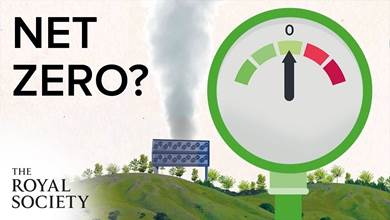
1 – Watch this video to know about NET ZERO EMISSION.
Global concern over the 1.5 degrees Celsius target VS the 2.0 degrees Celsius target debate for net zero emissions.
Here are some key points in this debate:
1.5 Degrees Celsius Target:
Pros:
More Stringent Climate Goal: Limiting global warming to 1.5 degrees Celsius above pre-industrial levels is considered more ambitious and aligned with avoiding the most severe climate impacts, including more frequent and intense heatwaves, storms, sea-level rise, and ecosystem disruptions.
Cons:
Challenging Emissions Reductions: Achieving the 1.5 degrees Celsius target requires rapid and extensive reductions in greenhouse gas emissions, which may pose significant economic and technological challenges, especially for certain industries heavily reliant on fossil fuels.
2.0 Degrees Celsius Target:
Pros:
Moderate Transition: The 2.0 degrees Celsius target provides a bit more flexibility in terms of emissions reductions, potentially allowing for a more gradual transition away from fossil fuels. Some argue that the 2.0 degrees Celsius target may strike a better balance between ambitious climate action and economic stability, as it might mitigate abrupt economic disruptions caused by the rapid phase-out of fossil fuels.
Cons:
Less Stringent Climate Protection: While the 2.0 degrees Celsius target is still a significant reduction from higher levels of warming, it may not prevent some of the most severe and irreversible climate impacts, and adaptation efforts might need to be more extensive. Some vulnerable regions and populations could still experience disproportionately negative impacts, even under a 2.0 degrees Celsius target.
Overall Considerations:
The debate over these temperature targets also takes into account the latest scientific assessments, feasibility studies, and the moral imperative to address the climate crisis. Many experts argue that the 1.5 degrees Celsius target is crucial to minimize risks and protect the planet’s ecosystems and communities, while others highlight the practical challenges and potential economic costs associated with achieving this target.
Ultimately, the decision on which target to prioritize requires a balanced consideration of scientific evidence, ethical considerations, economic feasibility, and the urgent need to address climate change to secure a sustainable future for all. The Paris Agreement recognizes both temperature goals and emphasizes the importance of global efforts to limit temperature rise and achieve net zero emissions, regardless of the specific target chosen.
Is Net Zero Emission outlined in any global agenda? and is the Net Zero Emission and Carbon Neutral the same?
Yes. It is also outlined in The Paris Agreement, which adopted in 2015, is a landmark international treaty that aims to strengthen the global response to climate change and limit global warming.
Generally, “net zero greenhouse gas (GHG) emissions” and “carbon neutrality” are essentially the same concepts, and both are outlined in the Paris Agreement. They both refer to achieving a balance between the amount of greenhouse gases emitted into the atmosphere and the amount removed from the atmosphere, resulting in no net increase in the concentration of these gases.
In the context of the Paris Agreement:
- Net Zero Greenhouse Gas Emissions: The Paris Agreement, in its Article 4.1, encourages parties to achieve a balance between anthropogenic emissions by sources and removals by sinks of greenhouse gases in the second half of this century. This is the essence of the net zero emissions concept.
- Carbon Neutrality: The term “carbon neutrality” is often used interchangeably with net zero emissions. Carbon neutrality implies that the amount of carbon dioxide (CO2) emitted is offset by an equivalent amount of CO2 removed from the atmosphere, resulting in no net addition of CO2. While “carbon” specifically refers to CO2, the concept encompasses all greenhouse gases covered by the Paris Agreement.
Any global guidelines can be refer to in commitment to Net Zero GHG Emission by 2050?
Yes. The International Organization for Standardization (ISO) has launched The Net Zero Guidelines (IWA 42:2022) at The 27th Conference of the Parties (COP27) to the UN Framework Convention on Climate Change (UNFCCC), tackle a major road block for a world where greenhouse gas emissions are reduced to the minimum and balanced by removals: the fragmented net zero governance landscape. The Guidelines provide a common reference for collective efforts, offering a global basis for harmonizing, understanding, and planning for net zero for actors at the state, regional, city and organizational level.
The Net Zero Guidelines (IWA 42:2022) were commissioned by Our 2050 World, a global collaboration to accelerate action towards net zero through standards. The collaboration includes ISO, the Race to Zero campaign and the UNFCCC’s Global Innovation Hub.
According to the ISO Net Zero Guidelines, International Workshop Agreement (IWA 42:2022), net zero GHG is condition in which human-caused residual GHG emissions are balanced by human-led removals over a specified period and within specified boundaries. Human-caused removals include ecosystem restoration, direct air carbon capture and storage, reforestation and afforestation, enhanced weathering, biochar and other effective methods.
RACE TO ZERO Campaign as the Starting Line to achieve NET ZERO GHG EMISSION by 2050
What is Race to Zero Campaign?
Race to Zero is a global campaign rallying non-state actors – including companies, cities, regions, financial, educational, and healthcare institutions – to take rigorous and immediate action to halve global emissions by 2030 and deliver a healthier, fairer zero carbon world.
Business Carbon Calculator
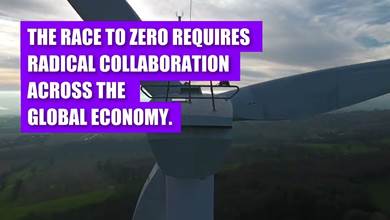
NIOSHCert’s Commitment: Race to Zero as the push factor Towards Net Zero Emission

NIOSHCert are taking decisive steps towards minimizing our carbon impact an transitioning towards a more sustainable business processes. In considering the overall operation processes, the status of emission level and capability of the company to commit to Net Zero Emission, Race to Zero Campaign is deem necessary to set the steps for NIOSHCert to take towards a more sustainable future.
Race to Zero Campaign Component in NIOSHCert
1. Identify and setting goals
This effort was started in 2020 where The Sustainability Division has taken the lead in identifying the activities that cause GHG emissions, and this coverage of the effort is continually improved year by year while exploring the most recent information on how to enhance the mechanism, methodology, performance targets by looking into the necessity of integrating common used or global recognized standard such as the concept of GHG protocol in the identification of emission sources.
2. Measuring and Reporting
NIOSHCert is committed to accurately measuring and tracking greenhouse gas emissions across all our operations, ensuring transparency in understanding our impact and setting reduction targets.
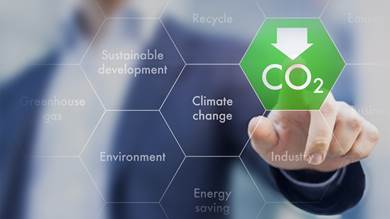
2 – Climate change action
- Greenhouse Gas Emission (CO2) monitoring and measurement from operation travelling since 2019 onwards
3. Engagement and Collaboration
In halving the emission into half, various campaign and initiatives has been introduced and implemented within the company since 2022.

3 – Embrace energy-saving practices in work routine
- switch off electricity during time break
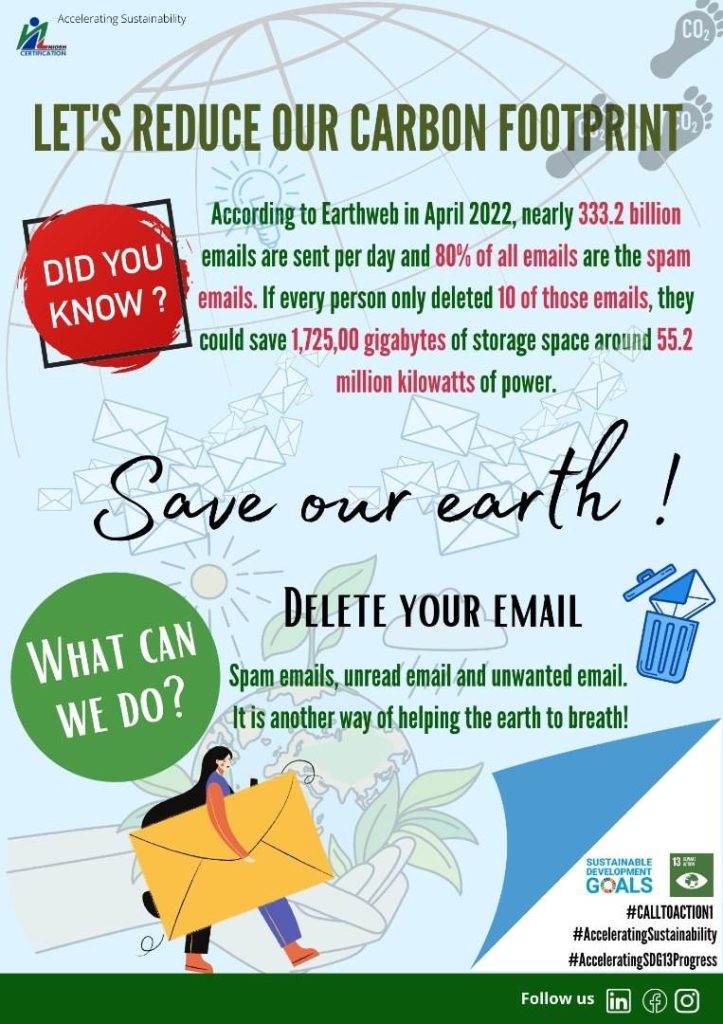
4 – Sharing information and campaign for reducing our carbon footprint
- Let’s Reduce Our Carbon Footprint: Delete your Email Campaign
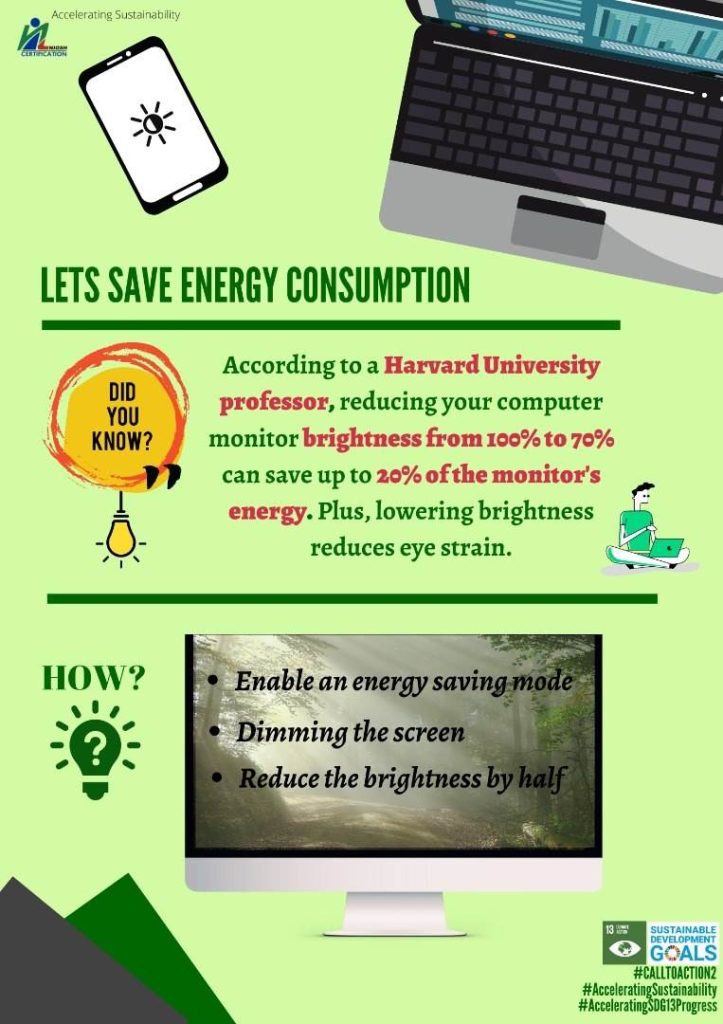
5 –
- Let Save Energy Consumption Campaign

6 – Employees participation in company sustainability initiative
- No elevator HPC Challenge
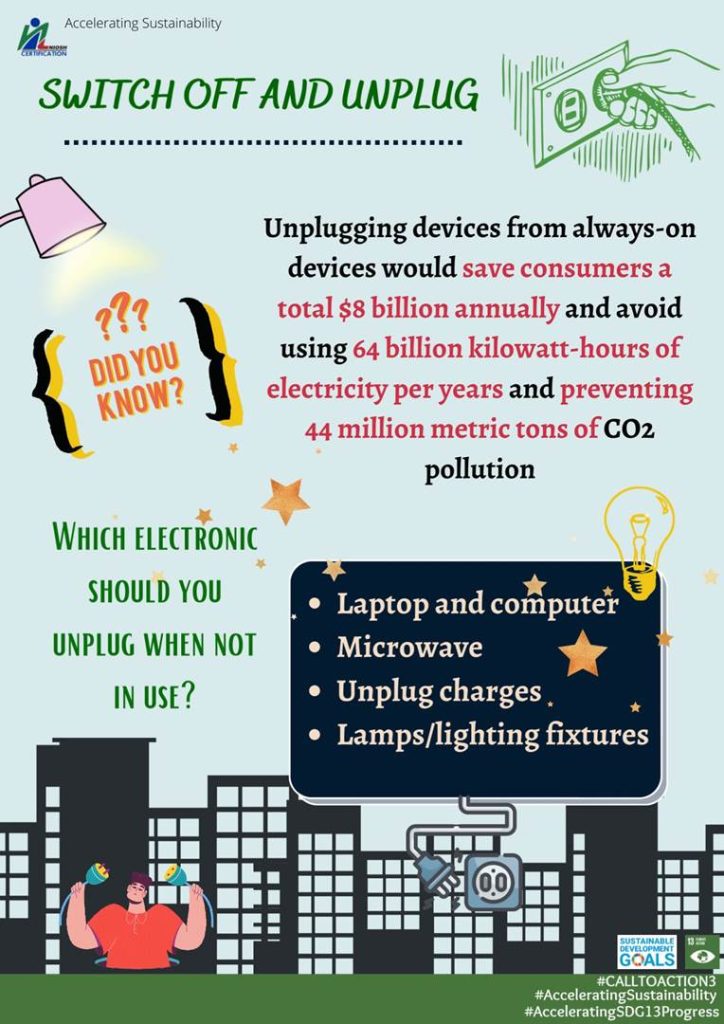
7 –
- Switch off and Unplug Campaign

8 – Usage of low-carbon technologies
- usage of hybrid car in transportation to reduce carbon emission at Sabah Regional Office and HQ.

9 – Renewable energy sourcing (green electricity)
- Setup for installment solar panel in Head Office Pantry
Our commitment in Race to Zero Campaign as stated in Sustainability Report

- Monitoring GHG emissions from operation traveling to determine an appropriate baseline for offset values by 2025
- Achieving net zero operations by 2050
- Reducing GHG emissions by 45% by 2025
- Offsetting all remaining emissions to maintain carbon neutrality
- Implementing energy efficiency measures across facilities
- Continued usage of low-carbon technologies
- Installation and implementation of green electricity through solar panels to reduce emissions generated from electricity
Explore the 10 Basic Carbon Terms You Need to Know
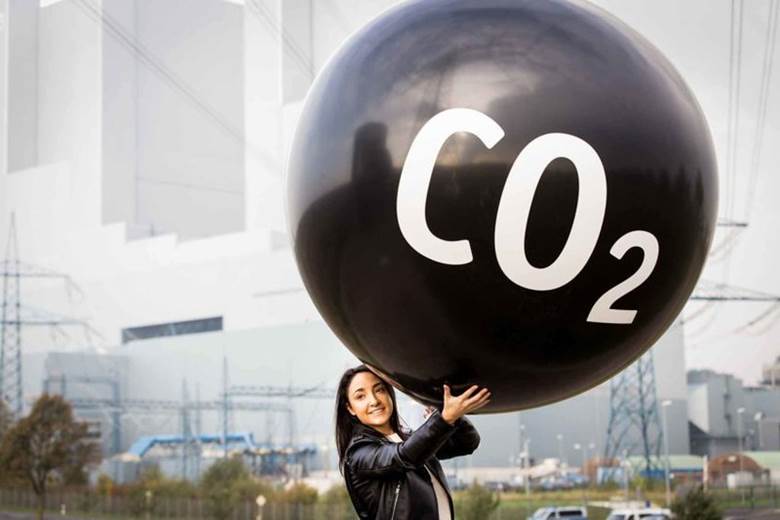
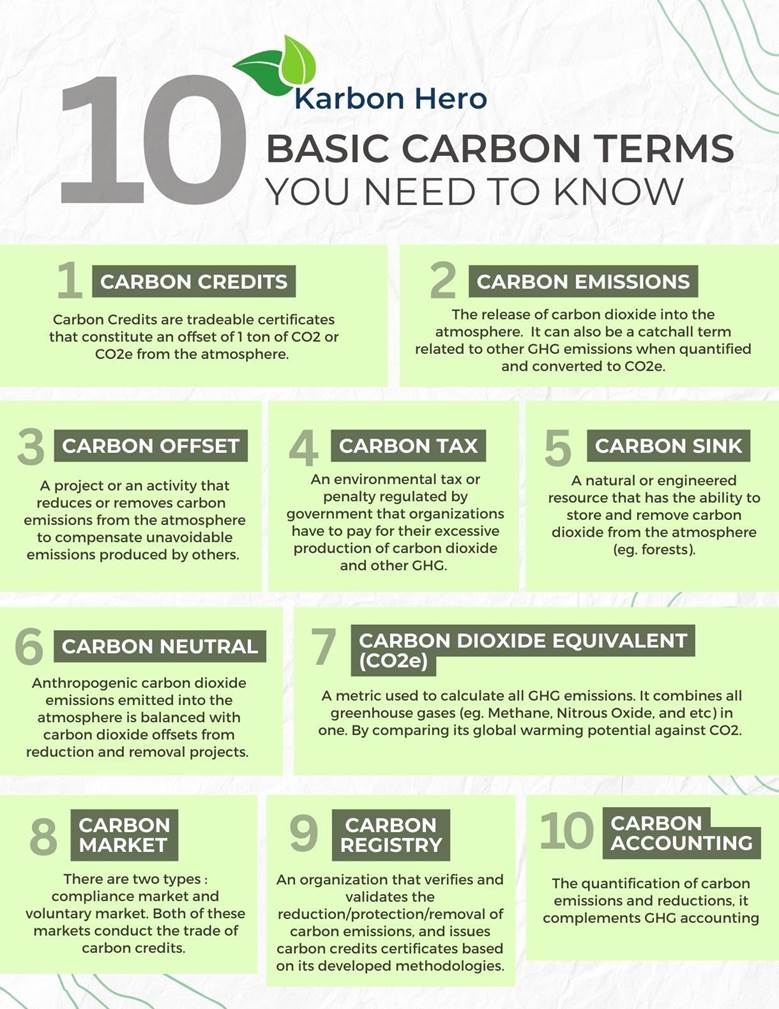
Wrapping Up: Towards a Greener Future

As we conclude, our journey to Net Zero emissions is a shared commitment to a cleaner future. Remember, even small steps matter. The Race to Zero Campaign unites us globally for positive change. NIOSHCert’s actions and future plans show our dedication. Let’s keep the momentum – our efforts today shape a better tomorrow.
QUIZZES TIMES !

Thank you!
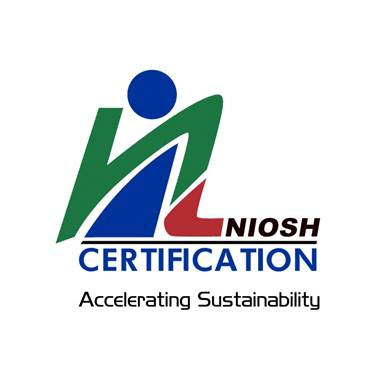
10 – Any suggestion or inquiries, feel free to contact us at sustainability@nioshcert.com.my
Best Regard,
Nor Aziera
Sustainability Division





